IPPCAAS Reveals a Novel Detoxification Mechanism in Arma chinensis for Recovery from β-Cypermethrin-Induced Knockdown
Recently, the Sino-American Biological Control Laboratory at the Institute of Plant Protection, Chinese Academy of Agricultural Sciences (IPPCAAS) published a research paper titled "Detoxification and neurotransmitter clearance drive the recovery of Arma chinensis from β-cypermethrin-triggered knockdown" online in Journal of Hazardous Materials (JCR Q1, IF=12.2). The study focused on the detoxification mechanisms and the biochemical and molecular processes involved in the recovery of Arma chinensis after exposure to β-cypermethrin.
Arma chinensis is a key natural enemy insect that controls pests from the orders Lepidoptera and Coleoptera, playing an important role in biological pest control in agriculture and forestry. However, biological control based on natural enemies is often constrained by chemical pesticides, which inevitably have a negative impact on natural enemy populations. Therefore, research into the pesticide resistance of natural enemies can improve their compatibility with chemical pesticides.
Insects dying after exposure to pesticides is a normal toxicological phenomenon, but recovery after being knocked down by pesticides has rarely been reported. In this study, the team observed the reactions of insects exposed to six different pesticides and found that only Arma chinensis in the β-cypermethrin treatment group exhibited recovery after knockdown, while its prey, including the Coleoptera yellow mealworm and the Lepidoptera corn borer larvae, did not recover and had much lower resistance compared to Arma chinensis.
Through respiration measurements and 3D movement trajectory analysis, the study confirmed the recovery phenomenon in Arma chinensis after exposure to β-cypermethrin. The team used LC-MS to track the degradation dynamics of β-cypermethrin during the recovery process, combined with transcriptome data, and identified the expression patterns of detoxification genes regulated by MAPK and CREB transcription factors, including P450 and α/β-hydrolases. RNAi experiments confirmed this transcriptional regulation. Furthermore, neurotransmitter monitoring during the recovery process revealed that the upregulation of Ebony expression played an important role in clearing excess dopamine, which helped restore the neurotransmitter balance in Arma chinensis.
This research presents a novel perspective on insect detoxification mechanisms, confirming the role of trans-regulation of detoxification genes during recovery. The findings suggest that Arma chinensis removes excess dopamine by upregulating Ebony, thereby rebalancing excitatory neurotransmitter transmission. The results provide new insights into the toxicological mechanisms of insect responses to chemical pesticides, propose new approaches for studying resistance mechanisms, and lay a theoretical foundation for the compatible use of natural enemies and chemical pesticides.
IPPCAAS is the first completed unit of this paper. Wang Zhen, a 2021 graduate student, is the first author, and Liu Chenxi, Associate Professor, is the corresponding author. Graduate students He Wenjie, Fu Luyao, Cheng Hongmei, Lin Changjin, and Associate Professor Dong Xiaolin from Yangtze University also participated in the research. The study was funded by the U.S. Department of Agriculture project (59-0212-9-001-F).
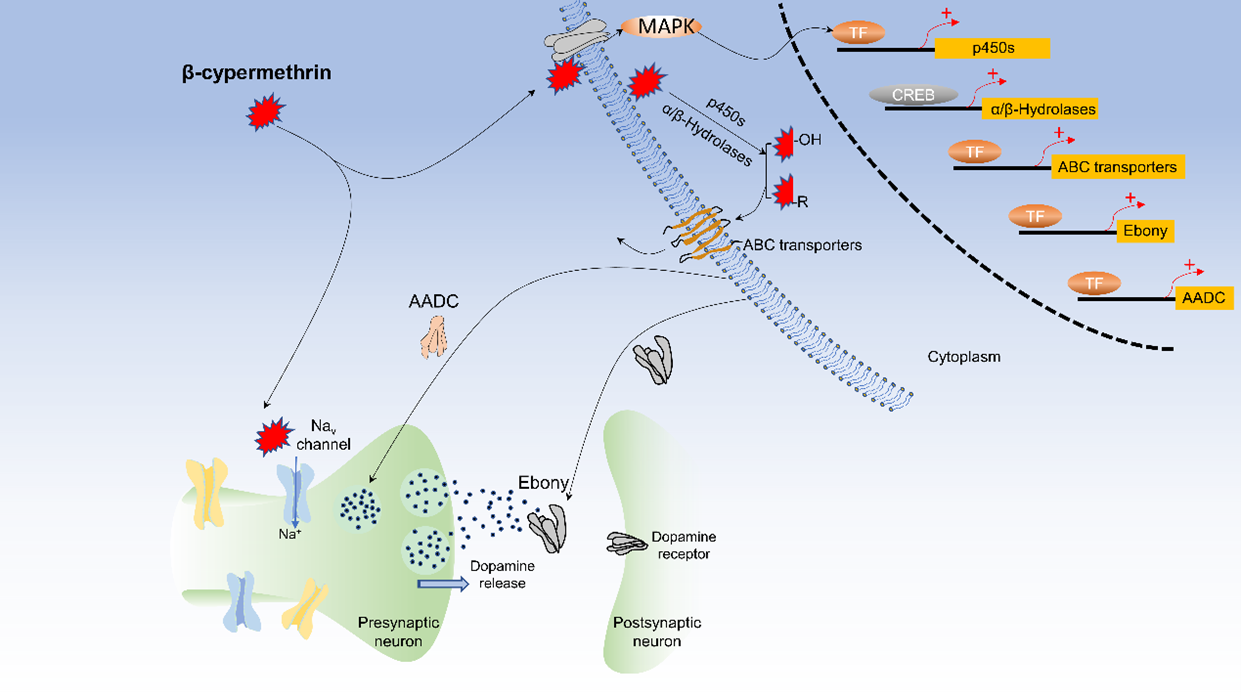
-
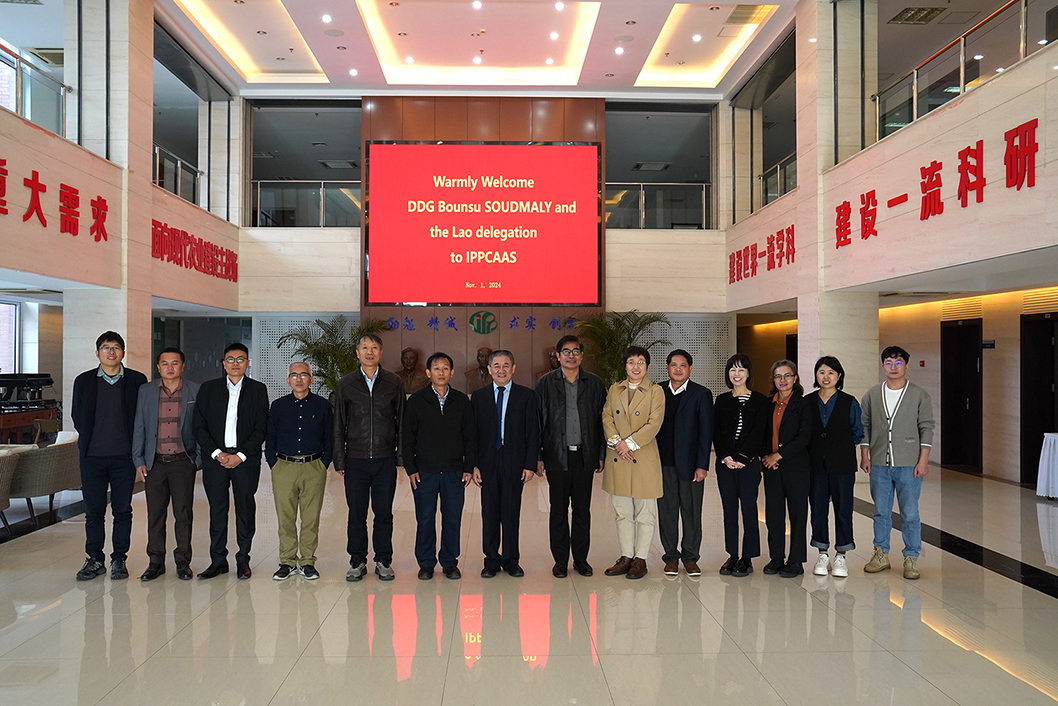 The Lao PDR-China Joint Laboratory for Plant Protection holds technical seminar at IPPCAAS
The Lao PDR-China Joint Laboratory for Plant Protection holds technical seminar at IPPCAAS -
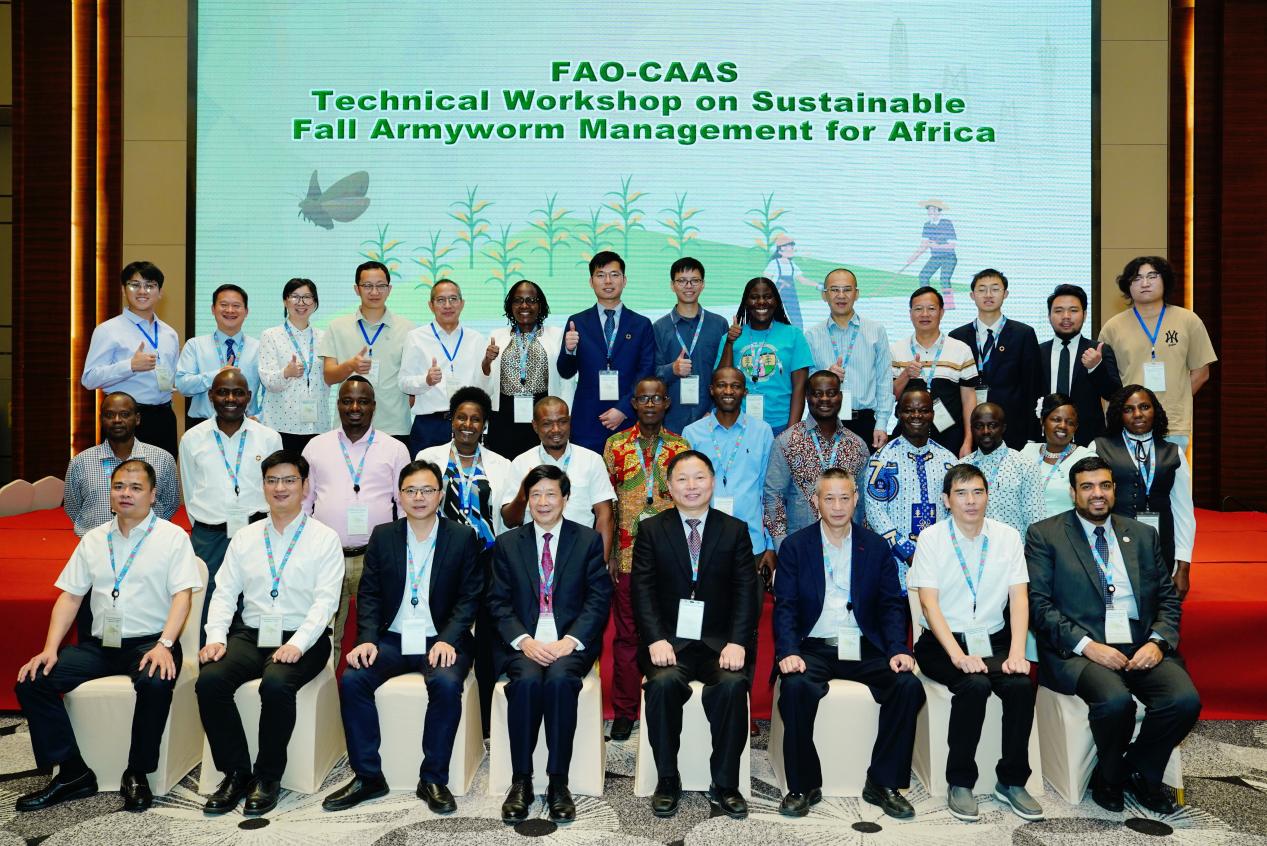 IPPCAAS Successfully Organized the FAO-CAAS Technical Workshop on Sustainable Fall Armyworm Management for Africa in Guangdong
IPPCAAS Successfully Organized the FAO-CAAS Technical Workshop on Sustainable Fall Armyworm Management for Africa in Guangdong -
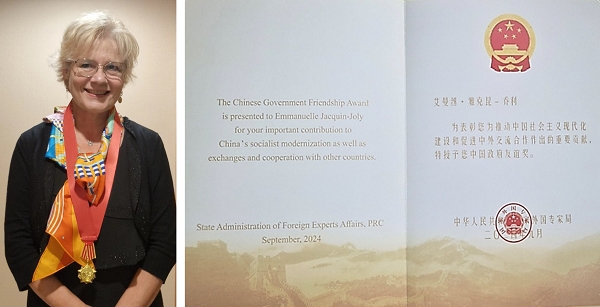 IPPCAAS Hosts Symposium for CAAS-INARE International Joint Laboratory for Plant Protection to Congratulate Professor Emmanuelle Jacquin-Joly on Receiving the Chinese Government Friendship Award
IPPCAAS Hosts Symposium for CAAS-INARE International Joint Laboratory for Plant Protection to Congratulate Professor Emmanuelle Jacquin-Joly on Receiving the Chinese Government Friendship Award -
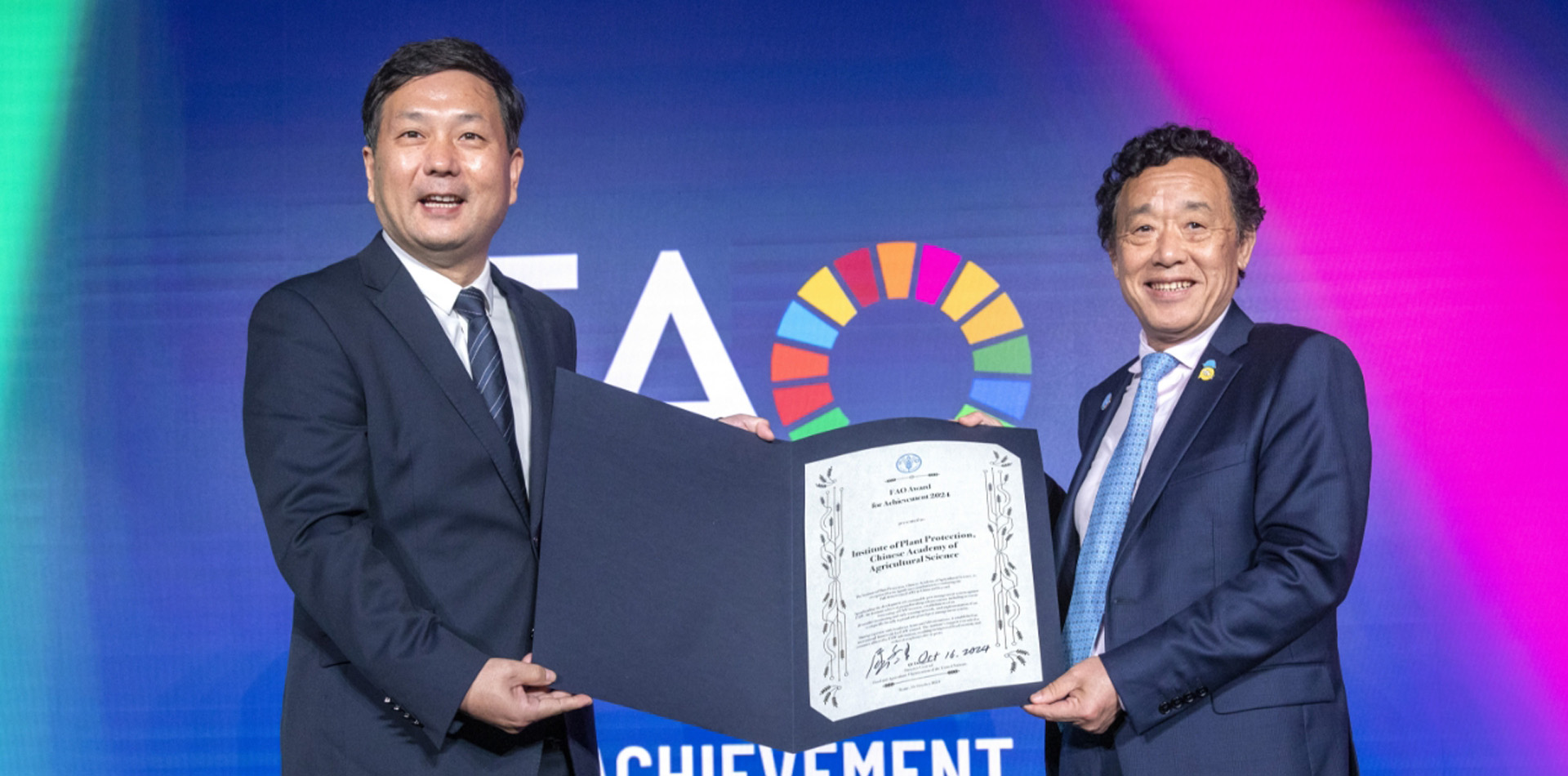 IPPCAAS Wins the 2024 FAO Achievement Award
IPPCAAS Wins the 2024 FAO Achievement Award
